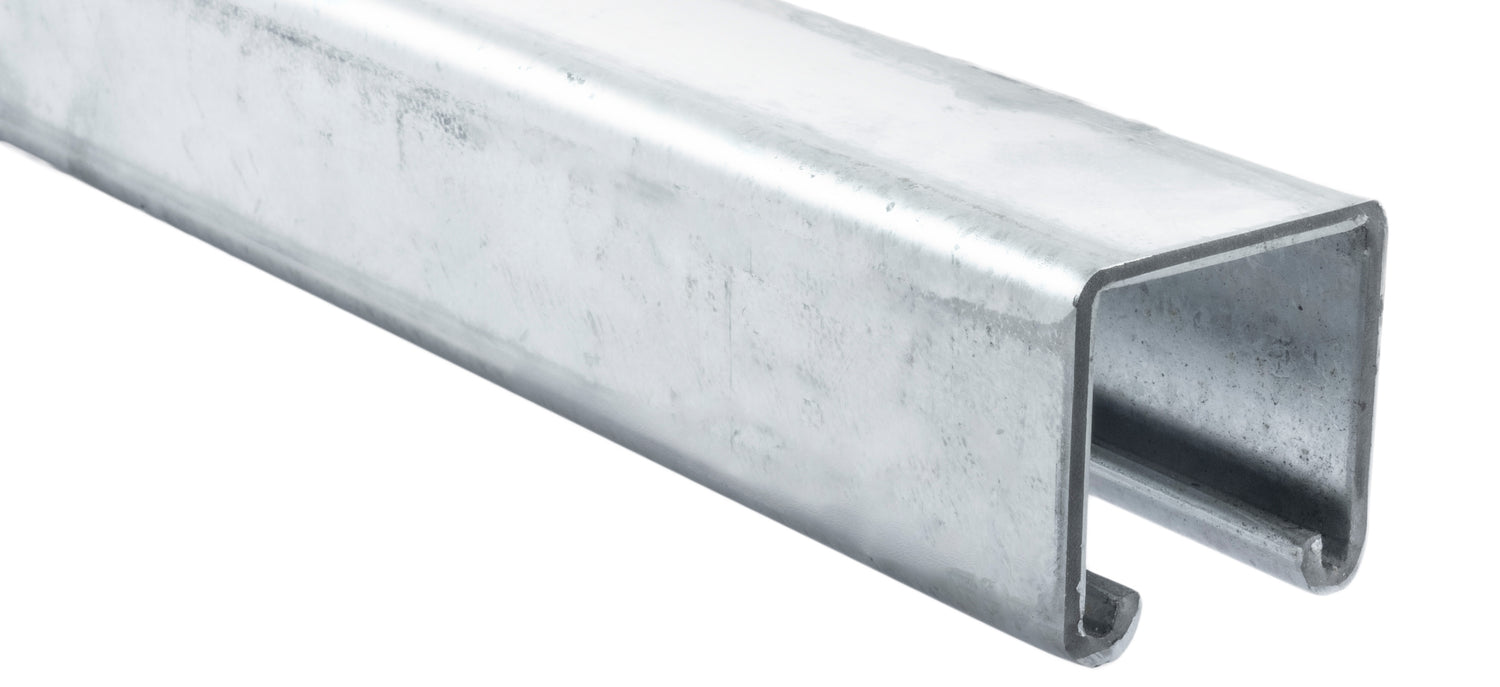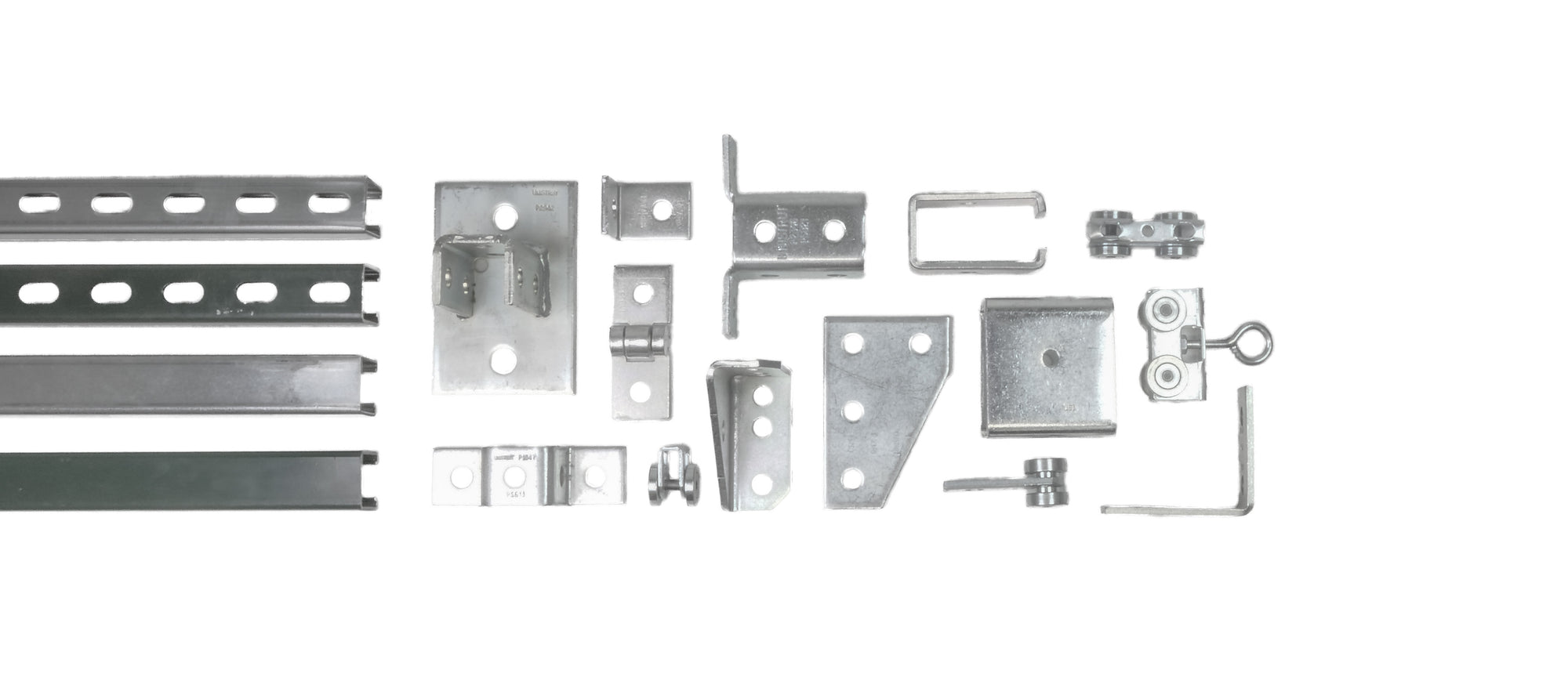Unistrut is a complete system of channel, fittings, and hardware used to make a myriad of structures.
Our system is so flexible that we commonly hear the phrase "If you can imagine a project, you can build it with Unistrut". Although there is much truth in this statement, folks sometimes worry about the strength of their mission-critical structures, prompting questions about the load tables found in the Unistrut General Engineering Catalog. If you need a refresher course on utilizing Unistrut Beam Load tables, we have just the post for you...
Loads in the Beam Load Tables for Unistrut metal framing channel are given as a total uniform load (W) in pounds. For the more familiar uniform load (w) in pounds per foot or pounds per inch, divide the table load by the span.
Loads under the column headings of "Span/180", Span/240", and Span/360" are provided for installations in which deflection (sag) of the loaded Unistrut channel must be limited. These ratios are standard engineering practice and, where applicable, are usually given by the Professional of Record or the Project Specifications. Actual deflection from these preset ratios equals the span (inches or feet) divided by the number 180, 240, or 360. When designing to one of these deflection limits, the allowed uniform load is generally less than the values under the column heading "Maximum Allowed Uniform Load". All 5 Notes below the beam load tables must be followed to obtain the final usable load on the channel. Failure to do so produces the wrong working load. These notes require adjustments to the Maximum Allowed Uniform Load for:
- Pierced Channel (if applicable)
- Unbraced Length
- Channel Weight
- Midspan Point Loads (if applicable)
Use the following 5 steps to accurately determine the allowed of Unistrut channel:
- Step 1--Determine Maximum Allowable Uniform Load from Load Table
- Step 2--Multiple by applicable hole factor:0.95 for "KO"0.90 for "HS" and "H3"0.85 for "SL" and "T"0.70 for "DS"
- Step 3--Multiply by the Unbraced Length Factor
- Step 4--Subtract Channel Weight
- Step 5--Multiple by 50% for Midspan Loading, if applicable.
The result after Step#4 is the net allowed total uniform load in pounds. The result after Step #5 is the allowed midspan point load.



